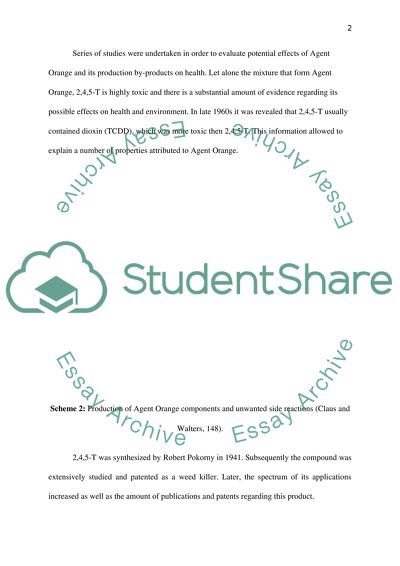Cite this document
(“The affects of Agent orange Research Paper Example | Topics and Well Written Essays - 1750 words”, n.d.)
Retrieved from https://studentshare.org/chemistry/1444315-the-affects-of-agent-orange
Retrieved from https://studentshare.org/chemistry/1444315-the-affects-of-agent-orange
(The Affects of Agent Orange Research Paper Example | Topics and Well Written Essays - 1750 Words)
https://studentshare.org/chemistry/1444315-the-affects-of-agent-orange.
https://studentshare.org/chemistry/1444315-the-affects-of-agent-orange.
“The Affects of Agent Orange Research Paper Example | Topics and Well Written Essays - 1750 Words”, n.d. https://studentshare.org/chemistry/1444315-the-affects-of-agent-orange.


